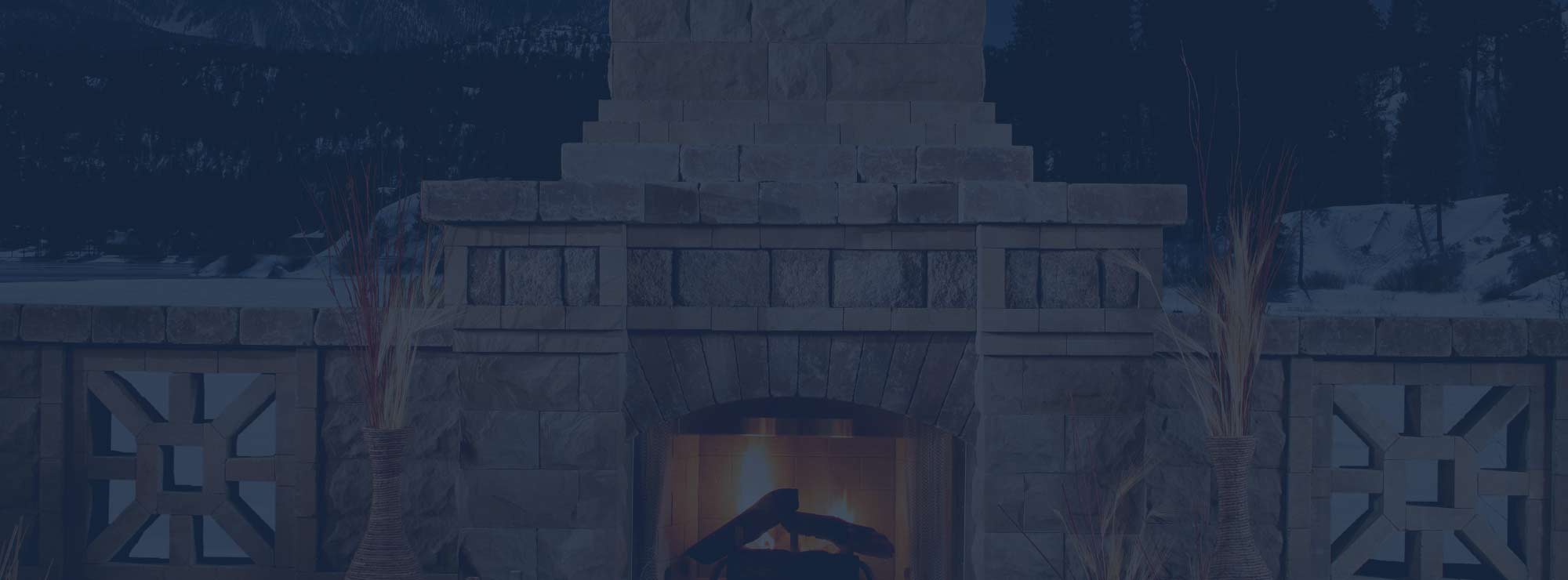Stain lowers concrete surface temperature while adding color. ( see article here)

Much of the nation has baked in heat and humidity this summer. That’s not news to anyone living in the Midwest and Southern Plains.
The Dallas/Fort Worth area had 40 consecutive days higher than 100° F at one point and a total of 50 days higher than 100° F for all of 2011, and counting. The hot temperatures have not occurred just in the U.S. The combined global land and ocean average surface temperature in July was the seventh warmest on record for that month, according to the National Oceanic and Atmospheric Administration.
Debate the causes all you want, but one fact is as clear as an egg frying on a Texas sidewalk: It’s getting warmer out there.
In light of this, the concrete construction industry is not standing idly by. Keeping surfaces cool not only keeps the public more comfortable, it also lessens the urban heat island effect. Cooler surfaces can earn a U.S. Green Building Council LEED credit for New Construction and Major Renovation through Sustainable Sites Credit 7.1: Heat Island Effect, Non-Roof. Finally, developing products and technologies that lowers a concrete surface’s temperature not only is environmentally responsible, it’s good business.
Mark Tretter, president of Excel Surfaces in Escondido, Calif., uses a special concrete stain as a selling point. Last summer, the contractor stained 12,000 square feet of concrete sidewalks, courtyard, and common areas surrounding the Norco Assembly Hall, about 50 miles east of Los Angeles and away from the Pacific Ocean’s cool breezes. But there was something unique about this particular job.
Around lunchtime in the middle of the day, Tretter went to the jobsite. “It was the hottest week of the year, and I went to check the surface temperature,” he says. “I put my hand on the concrete that had not been stained yet and I could barely touch it. Next to it where I had the stain, I could lay my hand right on it, and it was 20° F to 25° F cooler in the direct sun.”
The coating Tretter’s crew applied, CoolStain, manufactured by NewLook International, Salt Lake City, is a polymer-modified, water-based stain. It can be applied to concrete flatwork, vertical surfaces, concrete blocks, pavers, imprinted concrete, exposed aggregate, and many other cementitious surfaces. The product cools the surface by using specialty infrared pigments that result in high solar reflectance, the manufacturer says.
The application process
Tretter, who is a certified installer for CoolStain, says despite the unusual results, there is very little different in the product’s installation. Like all stains, the surface must be open and porous without any sealers or contaminants. The Excel Surfaces crew pressure-washed the surface with a 3000-psi pressure washer and masked off areas in case of overspray.
A worker applied the Spanish Red stain with an airless paint sprayer, followed by others who worked the stain in with split-hair brooms. Because the church had little idle time, the project was planned three months in advance, leaving the contractor no choice but to proceed with the project through the hottest week of the summer. Workers only had to broom the stain for 10 minutes before it dried, or about one-half to one-third of the time it would have taken on a cooler day.
The next step was a wet test, where a worker rubbed the surface with a wet rag. If no color rubs off onto the rag, the surface is ready for the second coating, which involved the same process. “If you have a really porous slab, you might have to go with three coats,” Tretter says. “I’ve only done that once or twice.”
After a second wet test, the crew applied an enhancer, or contrast color. In this case, they used a gray smoke color. “It drains off the high spots and settles in the low spots, and it darkens as it cures,” he says. “The base is still dominant, but you get your accent color in the recesses and grout lines.”
Pedestrians can walk on the surface 24 hours after work is complete. Tretter suggests standard maintenance for the surface. Thousands of people walk on this concrete surface every weekend, so the contractor applied a polyurethane sealer to protect the stained surface. This will be repeated every three to five years.
Tretter uses CoolStain on 10% to 15% of his jobs, and it would be more if more of his business involved staining. Areas surrounding swimming pools is a popular application. Most people think a light color should surround a pool, but this product proves them wrong. “It’s very durable,” Tretter says. “I haven’t had any issues with it peeling around pools.”

